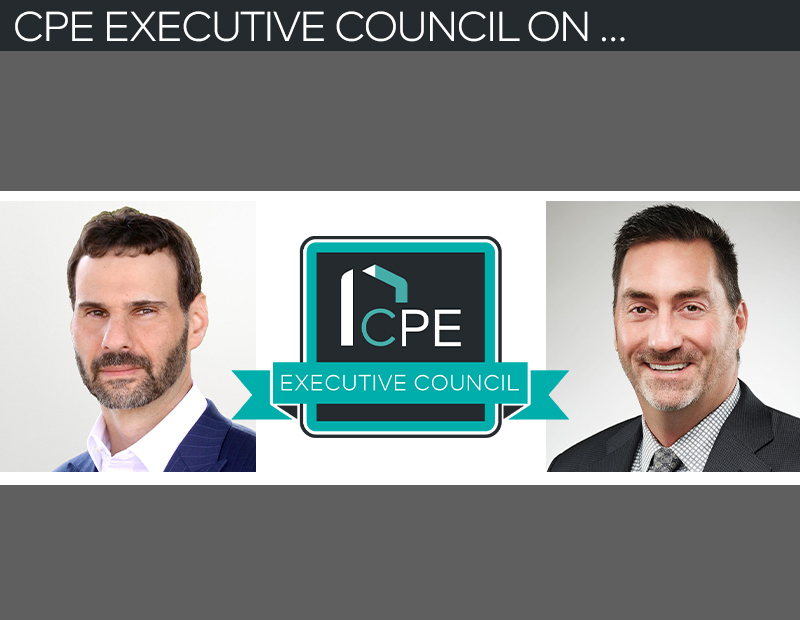CDO Stack: Why Change Is No Longer the Exception
Real estate people often hate dealing with new technology. Here’s how to make the transition smoother.
The role of the CDO, by nature, is about advancing all things digital. Increasingly, the title is conflated with that of chief transformation officer or chief innovation officer. Whatever the role is called, it’s no longer simply about “managing” or being the “chief” of information—it’s about advancing the ways work gets done. Regardless of whether that work is done by human beings, by technology, or by a combination of the two, the role is no longer about big, disruptive change that happens only once a decade between long stretches of relative quiet and stability.
Defined and done correctly, the CDO’s role is about bringing almost continuous change to the organization. Doing that well means more than getting the technology right. After years of helping to bring change to real estate companies, I can report two consistent themes. The first is that many people hate change, and especially in real estate. The second is that bringing people along in the journey is critical to success.
The best efforts I’ve been part of were characterized by genuine understanding of how change is perceived by its participants, and how it impacts them, their colleagues and their work. Those people can also help identify concerns, worries, uncertainties, issues and entrenched norms that will be disrupted, as well as where there are pockets of deep resistance that need to be understood and addressed.
Any time new ideas or processes are introduced, some individuals have an outsized voice and influence. Those people can either help bring others along in the journey or align resistance. Understanding the situation, tailoring messaging, measuring the efficacy of that message, continuing to listen and adjusting communication—these are all critical to leading an organization through the disruption of what they do and how they do it. I’ve seen projects that would have dramatically improved how people work get sabotaged because people fundamentally dislike change.
It’s that last point that brings me to why I’m talking about this topic now. You’re welcome to disagree, but I firmly believe that we’re entering a period of perhaps unprecedented change in how work gets done, by whom or what, and where that work happens. I suspect we’ll be talking more about Gen AI in the near future, as well as further applications of advanced and predictive analytics, and what it means to have a hybrid and distributed workforce. All those technologies and workforce expectations spell real opportunity for those who embrace them and figure out how to take advantage of them.
But taking advantage of them will also mean large-scale disruption, particularly in an industry that has accumulated technology debt. Success of these initiatives will depend to a great extent on how people embrace, resist, or block new ways of working. The test will be how well they give up what used to be necessary and required parts of the work and incorporate new tools, insights and automation.
I’ll leave you with words of wisdom that a mentor gave me in the middle of one of the first projects I led. It was meeting big resistance that I simply couldn’t understand, and that response seemed completely irrational. His observation: “There is nothing so loved as the system or process that you’re about to change, no matter how bad it is and how loudly it was criticized in the past.”
John D’Angelo is a managing director with Deloitte and is the Firm’s real estate solutions leader, designing solutions to address client challenges and push the industry forward. With over 30 years of experience as a management consultant to the global real estate industry, John has helped some of the biggest names in real estate leverage technology and use data to optimize and transform their operations.









You must be logged in to post a comment.